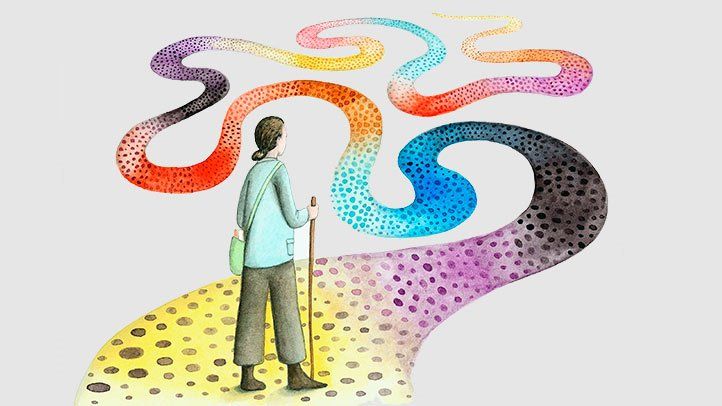Early Symptoms Of Migraines And Best Treatments
Headaches are among the most common reasons why someone may seek the care of a healthcare professional. Those who suffer from chronic migraines understand just how debilitating this can be. Furthermore, they are far more common than many people realize. There are tens of millions of people in the United States who suffer from migraines regularly. Some of these people are children under the age of 18. Unfortunately, a lot of people have a hard time differentiating migraine from a typical tension headache.
Related Topics (Ads):
Therefore, anyone who suffers from headaches regularly should understand that there are multiple treatment options available. The first step in appropriately treating a migraine headache is to correctly diagnose it. What are a few of the most common symptoms people may experience if they are dealing with a migraine? What are the treatment options? There are several important points everyone should keep in mind.
Recognizing the Early Symptoms of Migraines
First, it is important to recognize a few early symptoms of migraines. It is important to be able to tell the difference between a migraine and a typical tension headache. In contrast to a tension headache, migraine headaches are often accompanied by changes in hearing, vision, and nausea. Unlike a typical headache, a migraine headache may cause you to miss work or school.
Related Topics (Ads):
In general, migraine headaches can be divided into four distinct stages. If you can recognize yourself going through these stages, then you know you are dealing with a migraine headache. The stages include:
- The first they just called the prodrome stage. During this stage, you usually can tell that a migraine is coming. Not everyone is going to experience these symptoms; however, you may notice that you are feeling tired, irritable, or that you have cravings for specific types of food. It is not unusual for this stage to last 24 hours. That is why some people are able to call their employer and let them know they may not be in tomorrow because of a migraine headache.
- The second stage is called the aura stage. Again, not everyone is going to experience an aura; however, this stage happens just before the headache itself actually hits. Some people may only get an aura a few minutes before the headache starts while other people may get an aura an hour in advance. This aura can take different forms in different people. Some people see stars. Other people see dark spots. Other people may experience unusual smells. This is a sign that a migraine is imminent.
- The third stage is called the attack stage. This is the main stage of the migraine. The pain is severe and intractable. Most people describe this pain as a throbbing feeling. It can take place on either side of your head. It can also take place at the front of your forehead; however, it is rarely at the back of the head. You will usually experience nausea, vomiting, photosensitivity, and irritability when exposed to loud noises. Movement often makes these symptoms were
- The final stage is called the postdrome stage. This is a period of recovery following the migraine attack. As you go through this stage, you may experience feelings that are similar to a hangover. Even though this stage usually lasts for several hours, some people may experience this postdrome for more than a day.
This entire process can be excruciating. Fortunately, there are plenty of treatment options available.
Related Topics (Ads):
There Are Treatment Options Available
If you are dealing with a migraine, you need to see if the care of a trained medical professional as quickly as possible. Treatment options are usually divided into two separate categories. They include:
- Acute Treatment Options: The first category refers to acute treatment options. These are medications you can take if you are currently experiencing a migraine. Even though mild over-the-counter medications may work well, you may need to see a doctor for prescription medications as well. Acute treatment medications are designed to remove a headache after it has already started.
- Preventative Medications: The other category refers to preventative medications. These are medications you can take to prevent a migraine from happening. If you experience frequent migraine attacks, then it may be worth it to take a daily medication to reduce your frequency of migraines. This is something else you may want to speak with your doctor about.
Common categories of prescription medications your doctor May provide include triptan medications, ergot medications, and glucocorticoids. Even though opioid medications can sometimes be prescribed, these are usually not the first-line treatment because they can be addictive. Finally, there are other treatment options that can work well for migraines as well. Yoga, massage therapy, and even acupuncture could be helpful if you are dealing with migraines.







